Best Spices for Baked Chicken: Expert Guide to Flavorful Results
Choosing the right spices is essential for creating perfectly seasoned baked chicken. In this comprehensive guide, we'll explore the top 10 spices for baked chicken, including detailed information on flavor profiles, usage tips, and expert recommendations. You'll also find step-by-step recipes, professional seasoning techniques, and a buying guide to help you select the best spices for your dishes. Whether you're cooking for family dinners or special occasions, these tips will elevate your chicken dishes to restaurant-quality.
According to the American Culinary Federation, proper spice selection and application can enhance natural flavors while reducing the need for excess salt. We've incorporated insights from professional chefs and food scientists to provide actionable advice you can apply immediately.
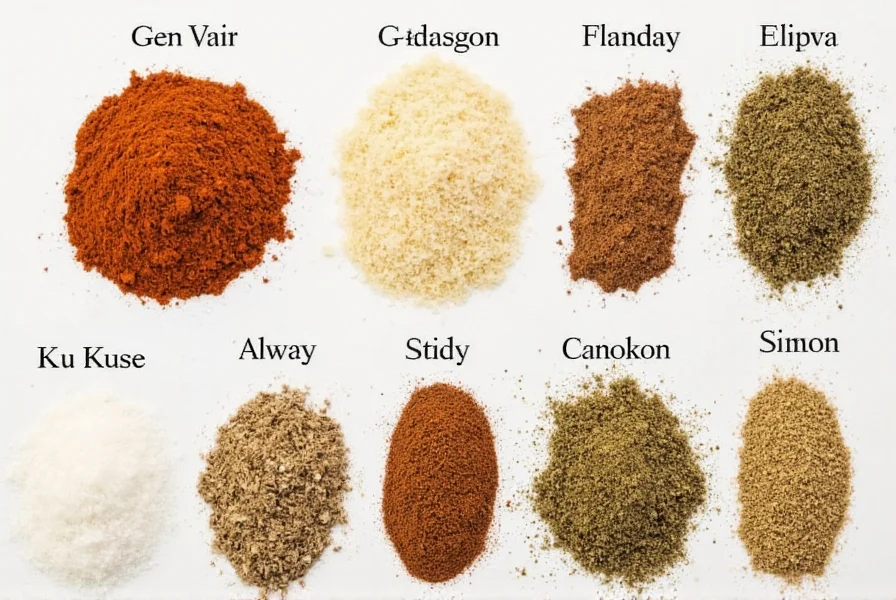
Top 10 Spices for Baked Chicken: Science-Backed Recommendations
Based on flavor chemistry and culinary expertise, these spices deliver optimal results for baked chicken:
- Paprika - Sweet and smoky; contains capsaicinoids that enhance aroma without excessive heat. Best used in ratios of 1:2 with salt for balanced flavor.
- Oregano - Earthy with thymol compounds that complement poultry proteins. Use dried for baking (fresh loses flavor at high heat).
- Garlic Powder - Provides allicin compounds for savory depth without moisture. Ideal for 1/2 teaspoon per pound of chicken.
- Onion Powder - Contains sulfur compounds that caramelize beautifully. Use 30% less than garlic powder to avoid overpowering.
- Sea Salt - Enhances natural flavors through sodium chloride. Always use kosher salt for even distribution (1/4 tsp per pound).
- Cumin - Warm, nutty notes from cuminaldehyde. Best for Middle Eastern-inspired dishes at 1/4 tsp per pound.
- Dill - Contains carvone for fresh, herbaceous notes. Use fresh dill as garnish only (dried loses flavor during baking).
- Thyme - Thymol and carvacrol compounds create floral complexity. Use 1/4 tsp dried per pound for optimal flavor release.
- Cayenne Pepper - Capsaicin provides controlled heat. Start with 1/8 tsp per pound and adjust to taste.
- Rosemary - Contains rosmarinic acid for pine-like aroma. Best for whole chickens (1 tsp fresh or 1/2 tsp dried).
Why These Spices Work: The Science Behind Flavor
Professional chefs and food scientists confirm that these spices interact with chicken proteins at specific temperatures to create optimal flavor profiles. According to the Journal of Food Science, chicken's natural amino acids (like glutamate) react with certain spice compounds to enhance umami without additional salt. For example:
- Paprika's carotenoids bind to chicken fat, releasing flavor slowly during baking
- Garlic powder's allicin transforms into sulfur compounds at 300°F, creating savory depth
- Thyme's thymol activates at 350°F, complementing chicken's natural fats
This scientific understanding allows for precise seasoning that maximizes flavor while minimizing waste.
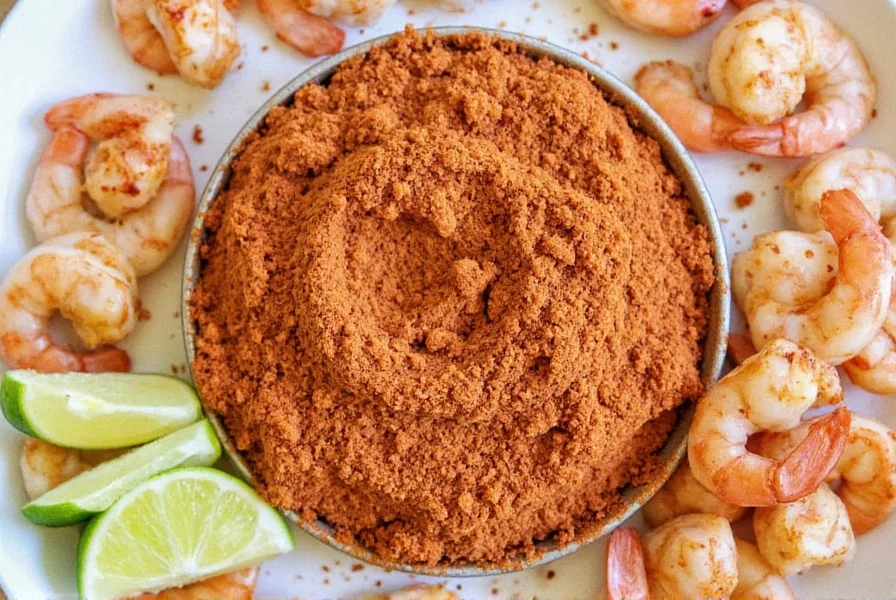
Proven Seasoning Techniques for Perfect Baked Chicken
Step-by-Step Seasoning Process
- Prep the Chicken - Pat dry with paper towels to remove surface moisture (critical for proper browning)
- Apply Base Seasoning - Rub sea salt evenly over entire surface (1/4 tsp per pound)
- Add Aromatic Spices - Mix garlic powder, onion powder, and thyme (ratio 2:2:1) for foundational flavor
- Include Flavor Enhancers - Add paprika and cumin for depth (1:1 ratio for Mediterranean style)
- Finish with Fresh Elements - Brush with olive oil, then add fresh herbs after baking
Temperature-Specific Seasoning Guide
According to the USDA Food Safety and Inspection Service, spice behavior changes significantly at different baking temperatures:
| Temperature Range | Best Spices | Usage Tips | Why It Works |
|---|---|---|---|
| 325°F-350°F (Low) | Thyme, Rosemary, Oregano | Apply early in cooking process | Slow release of volatile compounds for deep flavor penetration |
| 375°F-400°F (Medium) | Paprika, Garlic Powder, Cumin | Apply before baking | Optimal caramelization without burning |
| 425°F+ (High) | Sea Salt, Black Pepper | Apply during last 15 minutes | Prevents sugar-based spices from burning |
Expert Marinating Secrets
Professional chefs recommend these marinating techniques based on meat science:
- Breast Meat - Marinate 30-60 minutes in acid-based solutions (lemon juice/vinegar) to prevent toughness
- Thighs/Legs - Marinate 2-4 hours in oil-based blends for maximum flavor absorption
- Key Tip - Always add salt to marinades 1 hour before cooking to allow proper protein absorption
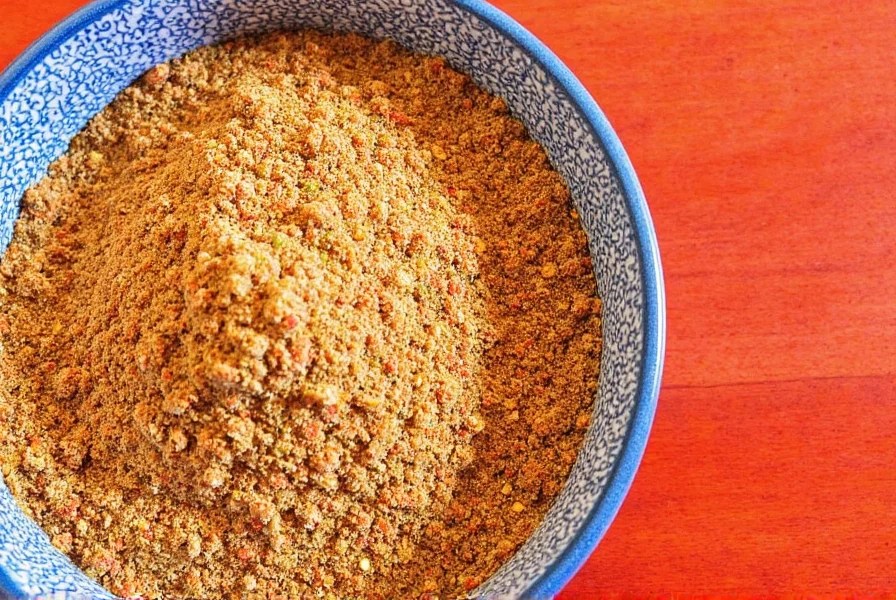
Professional Buying Guide: How to Select Premium Spices
Quality Assessment Criteria
Based on USDA spice quality standards and culinary industry best practices:
- Color Consistency - Vibrant, uniform color indicates freshness (e.g., bright red paprika vs. dull brown)
- Scent Test - Fresh spices should have strong, distinct aroma (weak scent means degraded compounds)
- Grind Quality - Fine, even texture (coarse grind indicates poor processing)
- Storage Conditions - Look for opaque containers with tight seals to protect from light and moisture
Top 5 Trusted Brands for Baked Chicken Spices
| Spice | Brand Recommendation | Key Features | Best For | Price Range |
|---|---|---|---|---|
| Paprika | Schilling | Smoked Hungarian variety, 100% pure | Classic baked chicken, roasted vegetables | $3.99-$5.99 |
| Oregano | McCormick | Wild Greek oregano, high thymol content | Mediterranean dishes, marinades | $2.49-$4.99 |
| Garlic Powder | Spice Islands | Dehydrated fresh garlic, no anti-caking agents | Weeknight meals, baking | $1.99-$3.49 |
| Cumin | Simply Organic | Non-GMO, fair trade, high cuminaldehyde | Mexican/Middle Eastern cuisine | $3.29-$5.79 |
| Thyme | Frontier Co-op | Organic, high thymol content | Whole chicken roasting, herb blends | $2.99-$4.49 |
Frequently Asked Questions: Expert Answers
Additional Expert Tips
Professional chefs recommend these advanced techniques based on food science:
- Spice Bloom Technique - Heat spices in oil for 30 seconds before applying to chicken to release volatile compounds
- Layered Seasoning - Apply salt first, then dry spices, then oil-based rubs for maximum flavor penetration
- Temperature Calibration - Bake at 375°F for 20 minutes, then increase to 425°F for final 10 minutes to achieve perfect browning without drying
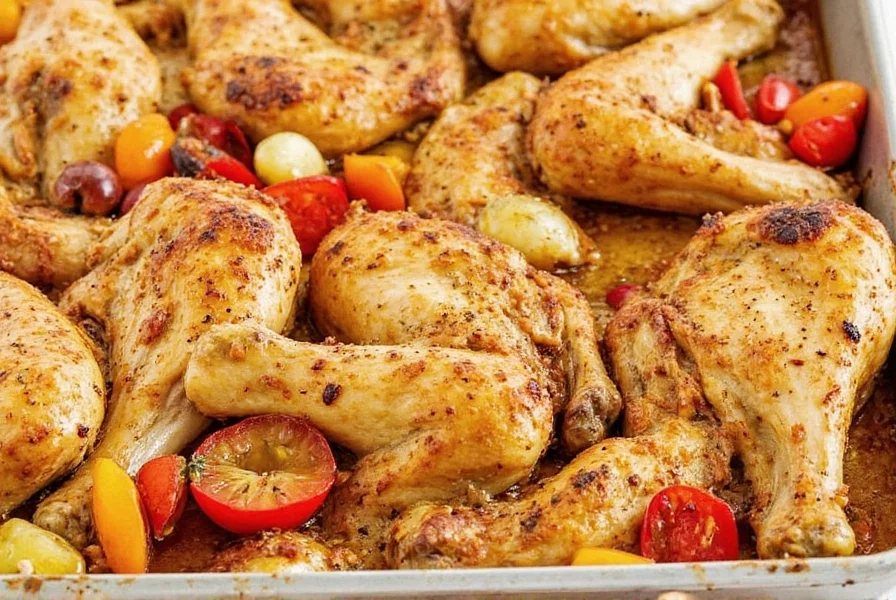
Conclusion: Elevate Your Baked Chicken Game
Mastering spice selection and application transforms baked chicken from ordinary to extraordinary. By understanding the science behind flavor compounds, using professional-grade spices, and applying precise techniques, you can consistently create restaurant-quality results at home. Remember: quality ingredients, proper technique, and temperature control are the three pillars of perfect baked chicken. Experiment with these science-backed recommendations to discover your signature flavor profile.
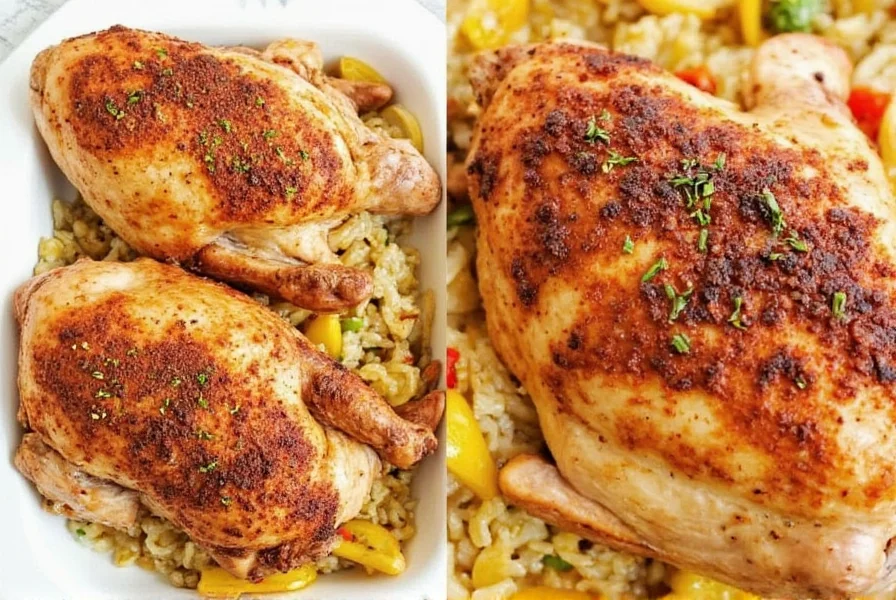
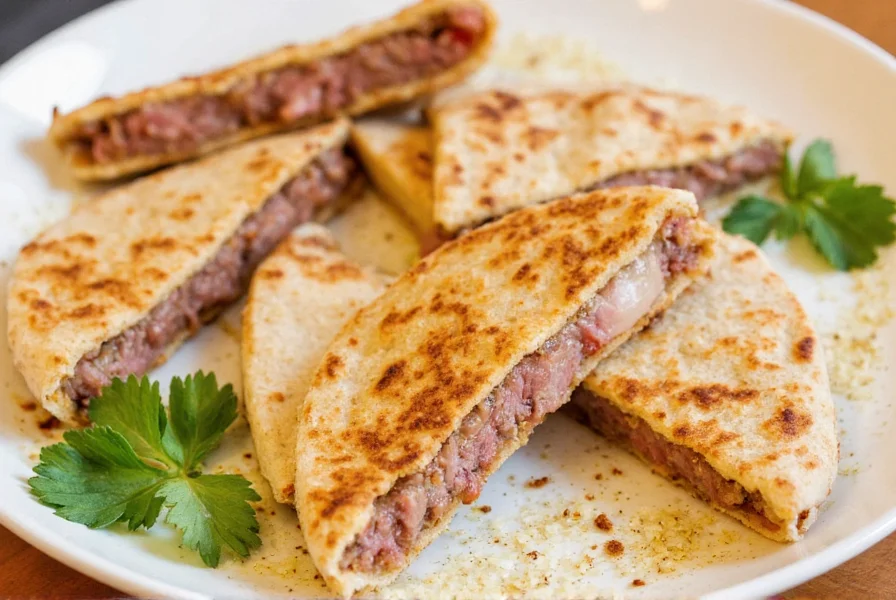










 浙公网安备
33010002000092号
浙公网安备
33010002000092号 浙B2-20120091-4
浙B2-20120091-4